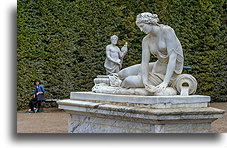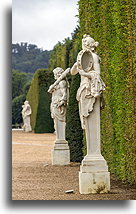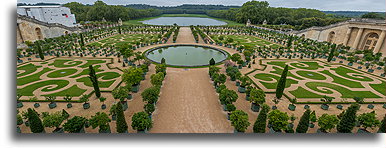
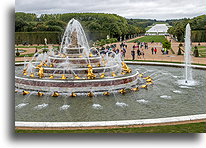
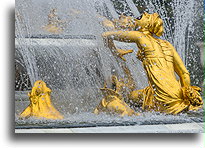
The gardens were no less important to Louis XIV. In 1661, he ordered the arrangement of huge gardens, the most magnificent in Europe. One hundred and fifty-five statues decorate 43 kilometers of alleys. For the amusement of the strollers, fountains perform small but dynamic water spectacles. Today, gardens of Versailles are the finest example of the French formal garden. Designed to create perspective reaching to the horizon, even gardens in Versailles were intended to glorify the king. Intended to be viewed from the terrace, gardens of Versailles illustrated the king's complete dominance over nature.
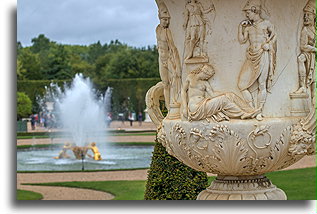
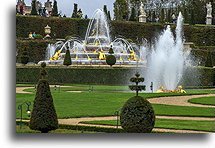
The expansion of the gardens with more and more fountains increased the demand for water beyond local capacity. Supplying gardens with water has become a critical challenge. Over the years, many different designs have been developed to provide the needed water. Hydraulic systems, water pumps were installed, and gravity hydraulics were widely used. At one point, the gardens of Versailles consumed more water per day than the entire city of Paris. Even with extra water supplies, there was never enough water to run all fountains simultaneously. When the King walked in the gardens, a special signalization system was used to turn on only these fountains in the proximity of the monarch. As he passed the fountain, a whistle signal was sent to turn it off so that the next one he was approaching would turn on.
